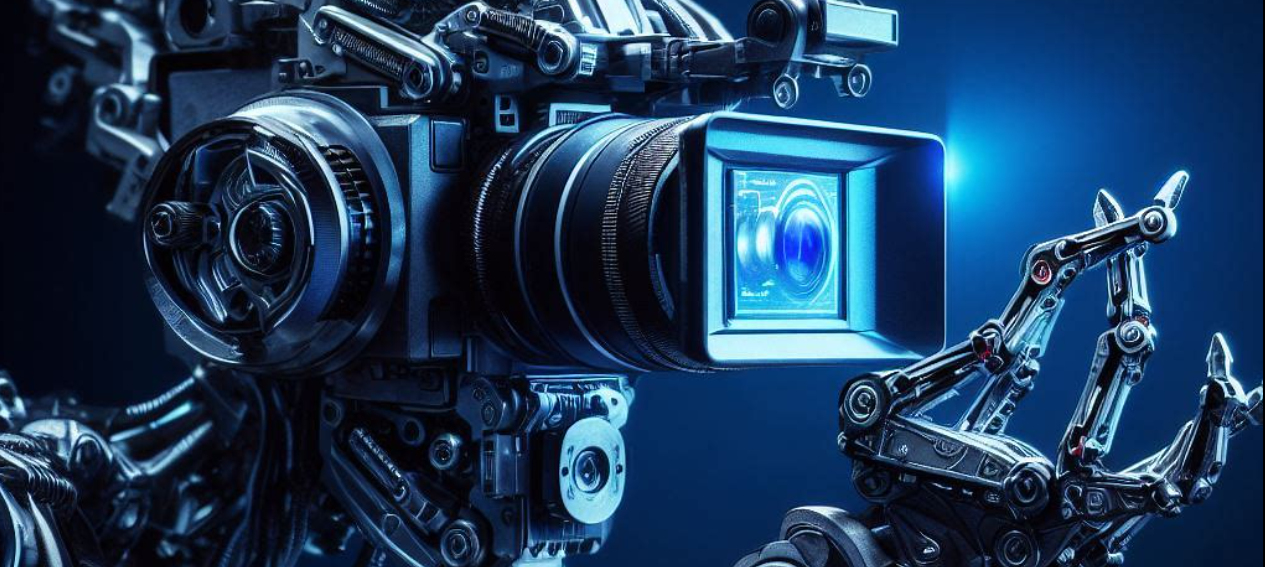
Scenario No. 1: Dan steps at the platform above the production line in his company. Below he sees a number of tireless robots on the conveyor belt assembling newly produced cars. Day by day, hour by hour, minute by minute. They don't care about anything else; they just do their job. Their perception and skills are developed to perform specific tasks or to control if a specific task has been done properly. And they perform their job excellently! They detect even the smallest irregularities on the produced components with a great accuracy, they can estimate the distance and shape of the object using 3D vision, they can manipulate them with the robot arms. Everything is in place. The car production is running smoothly.
Scenario No. 2: Dan withdrew in the last moment from a missile fired by the robot XG68. In the morning Dan rebelled against the robot’s order and now a platoon of humanoid robots, a special division for dehumanization of disobedient people, is chasing him. He will be punished for civil disobedience. In a society ruled by the robots, people are obliged to strictly comply with their commands!
During this course we will deal with the scenario No. 1. You will learn how such robot systems work, what are they compound of, what methods do they use. You will understand the basic principles of machine perception and robotics. In particular, we will deal with different methods of robot vision, which will be used for processing images, edge and corner detection as well as detection of other shapes. We will learn how to segment an object from the background and how to process and describe the corresponding segmented region. We will learn the basics of three-dimensional vision and the basics of robotics as well as the set up and the operation principles of the robot manipulator. You will master the principles and methods in theory and in practice.
We will not deal with the robots from the second scenario. And you don’t have to worry about them. People will forever remain the robots’ masters. We shall, however, learn how to use them for our good as much as possible.
The work is done evenly throughout the entire semester. The students have to complete their homeworks and present them in four batches. Presentations are typically scheduled at the beginning and end of November and in the middle of December and January. Instead of taking the written exam, the students can pass two (optional) midterm exams that are usually scheduled in the middle and at end of the semester.
- nosilec: Jon Muhovič
- nosilec: Jon Natanael Muhovič
- nosilec: Danijel Skočaj
